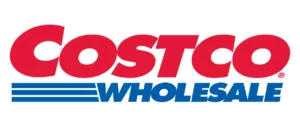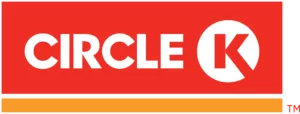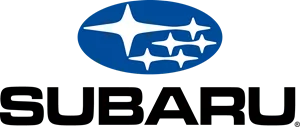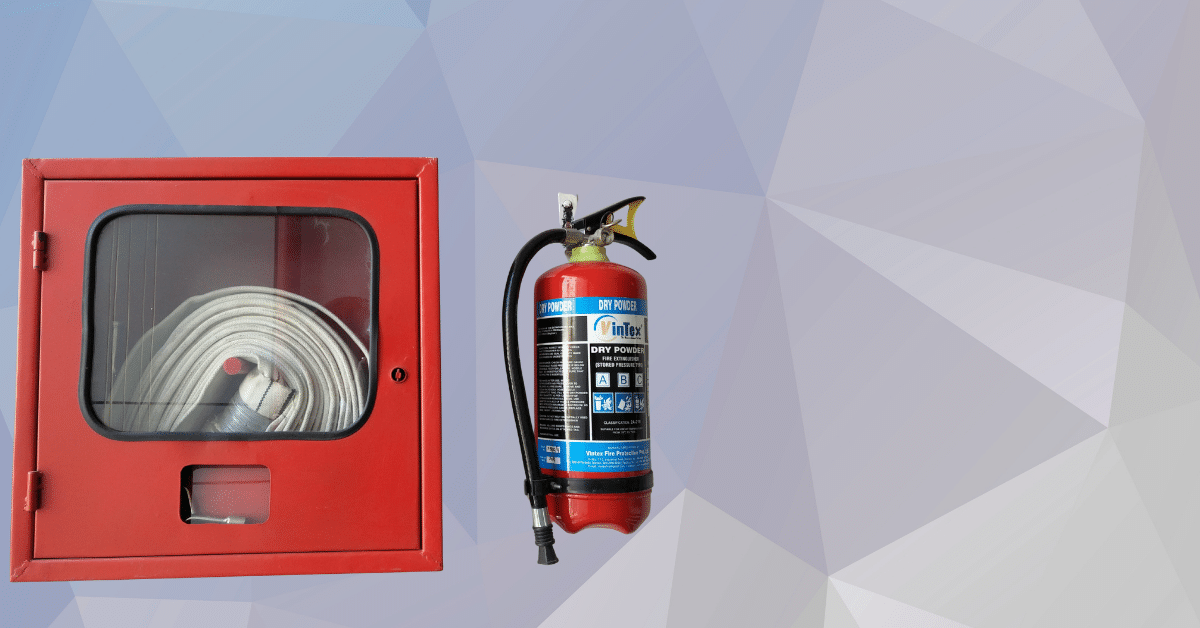Six weeks into a busy Q4, an operations director in Orange County called in a panic. Her headcount jumped from 18 to 42. Some people were hybrid, a few were seasonal, and two were temp-to-hire. She kept hearing “two hours for supervisors,” “one hour for staff,” and a jumble of bill numbers.
What she needed was a clear, current plan that would meet California’s standards without blowing up her schedule. If that sounds familiar, this guide is for you.
We will cover the rules in plain English, what counts as interactive, key deadlines for new hires and temps, and the must-have topics your course needs to include, along with a rollout plan you can use this quarter.
This guide explains the Sexual Harassment in California training course in practical terms, enabling you to execute it with confidence.
The Sexual Harassment in California Training Course
Scope and today’s standard. The Sexual Harassment in California training course is governed by Government Code § 12950.1.
Employers with five or more workers must train all California employees. Supervisors complete two hours. Non-supervisors complete one hour. Training occurs within six months of hire or promotion and every two years thereafter.
The Civil Rights Department publishes guidance and FAQs that provide interpretation on how to comply. These rules establish the baseline for California AB 1825 training requirements and outline the operational framework for programs.
Where It Began
California AB 1825 (2004) launched the supervisor training mandate. Later laws expanded coverage and clarified timelines and content, ensuring that today’s requirements apply to all covered employees.
Add-On Laws That Shape Content and Timing
- California AB 2053 (2015) adds content on preventing abusive conduct.
- California SB 396 (2017) requires coverage of gender identity, gender expression, and sexual orientation, and the related notice.
- California SB 1343 (2018) reduces coverage for employers with five or more employees and requires a one-hour course for non-supervisory staff.
- California SB 778 (2019) clarifies rollout and refresh timelines.
Bottom line: meet §12950.1 hours and cadence and include the topics introduced by these updates. Doing so reduces exposure tied to harassment in California claims.
California AB 1825 training requirements
What the law requires now. California AB 1825 training requirements set the baseline for supervisor education. The current standard lives in §12950.1.
Train everyone in California if you have five or more workers. Give supervisors two hours and non-supervisors one hour. Complete training within six months of hire or promotion and refresh every two years.
Who Counts Toward the Threshold
Tally all workers on payroll in the state of California. Contractors can count toward the five-worker threshold for coverage. If you meet the threshold, the rules apply.
Seasonal and Temporary Employees
Train within 30 days or within 100 hours worked, whichever comes first. If a staffing agency employs a worker, it provides the training. Keep proof in your files.
Portability of Prior Training
If an employee completed compliant training with a previous employer in the last two years, you can accept it. Add your policy acknowledgment and put the person on your two-year cycle.
What “Interactive” and “Effective” Mean in Practice
California does not accept a passive video with no engagement. Training must be practical and interactive. That can be:
- Live in person or virtual: a facilitator presents content and fields real questions.
- E-learning: branching scenarios, knowledge checks, and prompts that collect responses.
- Cover definitions, examples, complaint options, supervisory duties, retaliation prevention, and bystander concepts, then verify understanding.
Required Content: More Than Sexual Harassment
To reduce risk and meet the law’s intent, your course should cover:
- State and federal definitions of harassment, including quid pro quo and hostile environment.
- Abusive conduct content with realistic examples as required by California AB 2053.
- Harassment based on gender identity, gender expression, and sexual orientation with respectful terminology and scenarios as required by California SB 396.
- Retaliation: what it looks like and how to avoid it.
- Reporting paths for employees, response duties for supervisors, and a plain-language overview of investigations.
- A quick walk-through of your written policy and how to access it.
Remote and Hybrid Realities
Work happens in chat threads, DMs, and video calls. That means policies and training must address sexual harassment in remote workplace contexts.
Include guidance for Zoom meetings, Slack or Teams messages, emoji and GIF misuse, screen-sharing mishaps, virtual backgrounds, and after-hours DMs.
Establish clear guidelines for camera use, chat etiquette, and meeting protocols. Use examples so the guidance sticks.
Step-by-Step Rollout Plan You Can Copy
Before assigning courses, add a brief introduction to your LMS page that links to your policy and contact information. Then:
Map Your People and Deadlines
Export a roster with hire dates and promotion dates. Tag each person as either a supervisor or a non-supervisor, and indicate whether they hold seasonal or temporary roles.
Create automated reminders in your HRIS for six-month and two-year triggers.
Choose Your Training Mix
Use compliant e-learning for coverage and consistency. Schedule short live add-ons for company specifics, such as reporting trees and documentation standards. For supervisors, add a 20 to 30-minute clinic on how to respond to a report.
Lock the Interactive Pieces
If live, block time for Q&A and post a contact for follow-ups. If e-learning, confirm branching, scenario prompts, and knowledge checks. Save agendas, slides, and facilitator bios.
Cover the Add-Ons
Ensure that anti-bullying content and topics related to gender identity or expression are current and respectful. Reference your posted notice for transgender and gender nonconforming employees.
Document Like a Pro
Store completion certificates, attendance logs, content outlines, and facilitator details. Good records shorten audits and help in disputes involving Sexual Harassment in Remote Workplace.
Field Example That Kept Everyone on Schedule
An OC ops director had two seasonal warehouse hires starting Monday and two new supervisors promoted last quarter.
We assigned the one-hour employee module on day one for the seasonals, meeting the 30-day or 100-hour rule. We booked the two-hour supervisor course for the promotions and added a brief live segment to walk through her reporting tree and documentation standards.
Everything aligned with §12950.1, and her tracking moved to a rolling schedule.
Compliance Checklist
People and timing
- Five or more workers trigger coverage.
- Supervisors: two hours in six months, then every two years.
- Non-supervisors: one hour in six months, then every two years.
- Seasonal or temporary: 30 days or 100 hours, whichever comes first.
Training quality
- Effective and interactive through live Q&A or e-learning with checks and branching.
- Includes abusive conduct, gender identity or expression, sexual orientation, and retaliation.
Policy and notices
- Link to your written policy and clarify complaint options.
- Post current California workplace notices, including those tied to California SB 396.
Records
- Keep certificates, agendas, facilitator bios, and content outlines for at least two cycles.
- Track due dates in your HRIS with automated reminders to stay on top of deadlines.
Go Beyond the Minimum
- Add short bystander modules that teach redirecting, checking in, and reporting.
- Run quarterly manager practice sessions on responses and documentation.
- Use micro-scenarios from Slack, Teams, and Zoom to make it stick.
- Track leading indicators such as completion rates, time to train for new hires, and post-training survey scores on psychological safety.
FAQs
What Exactly Counts as Interactive AB 1825 Training?
Interactive AB 1825 training requires genuine engagement, not passive video viewing. In live sessions, learners can ask questions and receive answers in real-time. In e-learning, they complete branching scenarios, respond to prompts, and pass knowledge checks.
Effective programs also map reporting options, retaliation rules, and supervisory duties. Keep attendance records, completion certificates, and content outlines so you can prove the AB 1825 training met California’s standards.
Can We Build Our Own AB 1825 Training Course?
Yes. You can develop AB 1825 training in-house if it meets the requirements of §12950.1, including hours, timelines, and learning objectives.
Build supervisor and employee versions, including those addressing abusive conduct and content related to gender identity or expression, and verify interactivity.
Pair the core with a short company-specific add-on that explains your policy, reporting tree, and documentation expectations. Test knowledge with quizzes and retain completion records for at least two training cycles.
How Do Rules Apply to Seasonal or Temporary Staff for AB 1825 Training?
Seasonal and temporary staff must complete AB 1825 training within 30 days or within 100 hours worked, whichever comes first.
If a staffing agency employs the worker, the agency delivers the course. Get proof of completion, verify that it met interactivity and topic requirements, and store certificates in your files.
Add your policy acknowledgment and place the worker on your standard two-year renewal schedule once they are converted to payroll.
What Happens If We Fall Behind on AB 1825 Training?
If you fall behind on AB 1825 training, courts can order compliance, and lapses may increase the risk of harassment disputes.
The fastest fix is to stay current with compliant supervisor and employee modules, document completions, and transition to a rolling cadence tied to hiring and promotion dates. Utilize HRIS reminders, accept portable training completed within the last two years, and schedule brief live segments to review policies.


















